As winter comes to Afghanistan, more than half the population of will likely face extreme hunger, and, according to a recent UN report, almost 9 million people will be at risk of famine. The World Food Program calls the situation “the worst humanitarian crisis on Earth.” After the Taliban retook control of the country in August, the economy fell apart; workers in both the private and public sectors haven’t been paid in months, and inflation has driven up the prices of basic goods. A severe, years-long drought ruined most of the wheat crop, and wells are running dry. Clinics are filled with malnourished children, but health facilities can’t pay for fuel to remain open. As things get worse, and media attention fades, U.S. sanctions have made it extremely difficult to transfer money into Afghanistan through legal banking, and Washington has cut off financial aid and blocked Afghan assets in international banks. Where is this all headed?
According to Benjamin Hopkins—an associate professor of history at the George Washington University and the author of a history of Afghanistan—a complex range of factors, some of which go back to the formation of the country in the 19th century, are conspiring to drive it to catastrophe now. Above all, the Taliban’s highest leadership doesn’t really want or know how to govern the country, and the United States has decided not to engage with the Taliban or the country as a whole. Ultimately, Hopkins says, Afghanistan struggles with the long and crippling legacy of its original creation by self-interested great powers. Since then, it’s remained dependent on foreign subsidies to survive, while the foreign interventions of the last century have left the country unable to take care of itself when events turn against it.
Michael Bluhm: What’s going on in Afghanistan right now?
Benjamin Hopkins: We have an economic collapse. Money is in short supply. Inflation’s high, making goods very difficult to access. We’re seeing a lot of shortages. The structures of economic activity are breaking down. Food is increasingly an issue, with very little international aid coming through. The drought is continuing to immiserate people. And as we head into winter, it’s not only the drought but a lack of access to heating sources. It’s a very bleak picture.
In some ways, life in Kabul and other urban centers has returned to a semblance of normalcy. There are major departures from that, as with women no longer going to work or school. Yet you can move around Kabul. The internet’s working; WhatsApp is working.
At the airports, people are getting out. If you have the resources, and you’re not on the Taliban’s list for anything, their attitude is they don’t particularly want you to leave, but they’ll let you. They figure it’s better if you leave and nothing bad happens to you than if you stay and something bad does happen, and the Taliban gets blamed. They don't want to lose the human capital, or the related financial capital, but they feel powerless to do anything about it.
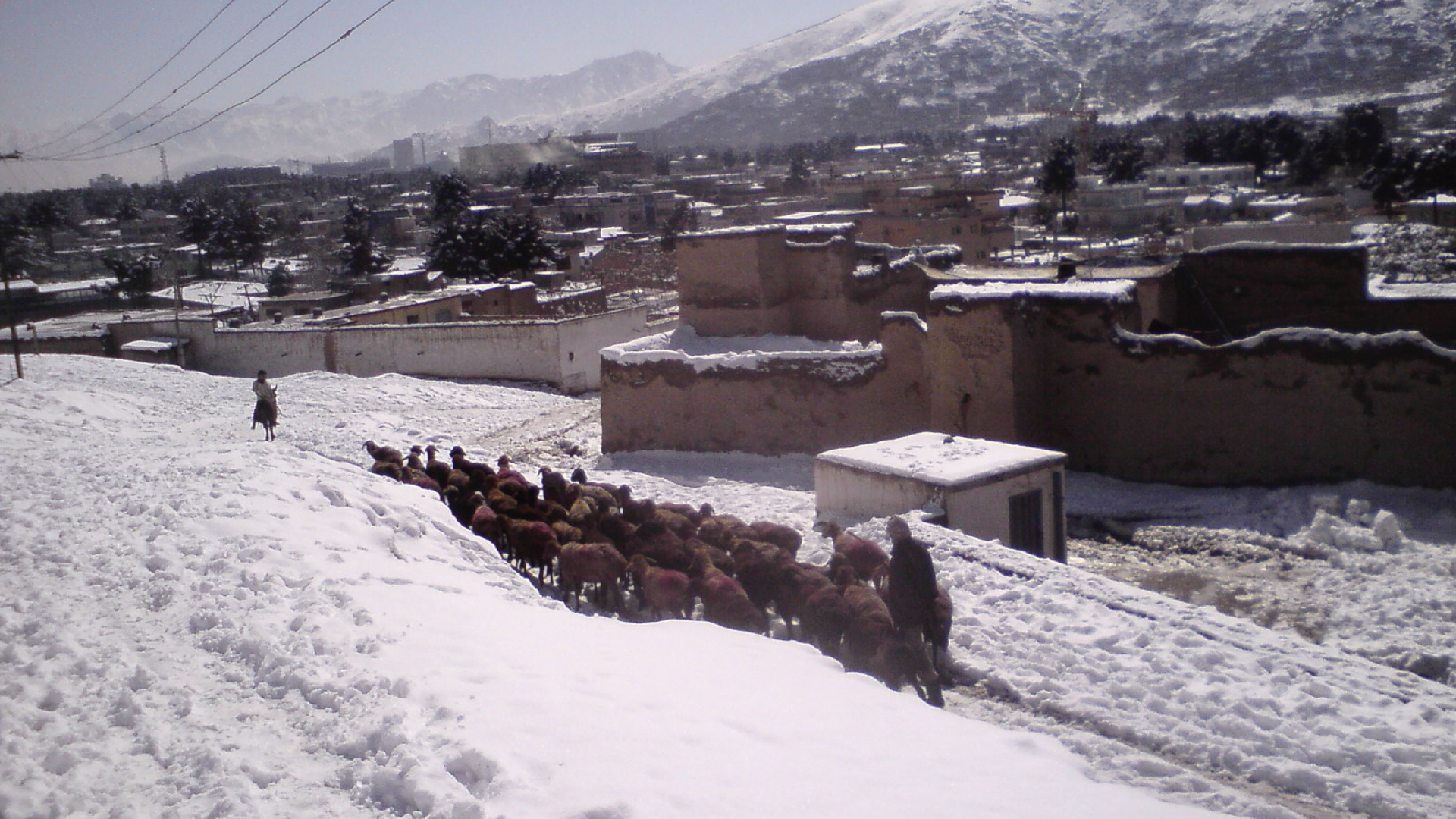
Bluhm: As long as U.S. troops were in the country, the Taliban’s goal had been to force them out. Now that the Taliban has accomplished this and are running the country again, what are their goals and priorities?
Hopkins: This is the key question for the Taliban as they move from an insurgency to a government.
History is like the stock market, in that past performance is a bad predictor of future returns. And my approach would be to say, The world’s a different place than it was in the ‘90s, and the Taliban is a different Taliban. But one thing I’ve been surprised by is the continuity between Taliban rule in the 1990s and Taliban rule today.
They struggled with this transition from insurgency to government in the ‘90s, and they’re struggling with that again. They’re better at the day-to-day management of government now than they were then, but frankly, I just don’t think these people want to exercise government. I don’t think that’s what they’re in business for.
You can see this in the relationship between the caretaker government and the Taliban leadership. The government is playing a subservient role under the Taliban leadership. Members of the leadership who haven’t entered government really don’t think governing is their responsibility.
I just don’t think these people want to exercise government. I don’t think that’s what they’re in business for.
The Taliban is very good at outwardly concealing their internal divisions, but they have factions. Among them are religious hardliners uninterested in the practicalities of governance, who also see very little need for international accommodation, because, in their view, they defeated the last remaining global superpower. There’s also a more “moderate” faction represented by the prime minister, but the prime minister is very powerless. For the moment, the religious hardliners have the upper hand, but it’s a dynamic situation. It’s an open question where it will all end up.
Bluhm: If they don’t want to govern, what do they want?
Hopkins: The practicalities of governing a modern state entail a lot of drudgery. That’s not something these hardliners care to be involved with. They want to govern in the outlines of an Islamic state, according to the precepts of the Shariah—as they interpret it. While that might apply to a good bit of social life, from marriages to criminal law, it doesn’t necessarily get to the practicalities of tax responsibilities or financial disbursements. How do we run a central bank?
They have this vision of governance, but it’s a theological vision. It’s very much divorced from the practical, which they’re very uninterested in and also incapable of executing. They just don’t have the know-how or ability to make it work. They don’t even know the right questions to ask, like, How do we do international SWIFT transfers between the Afghan Central Bank and the international financial community?
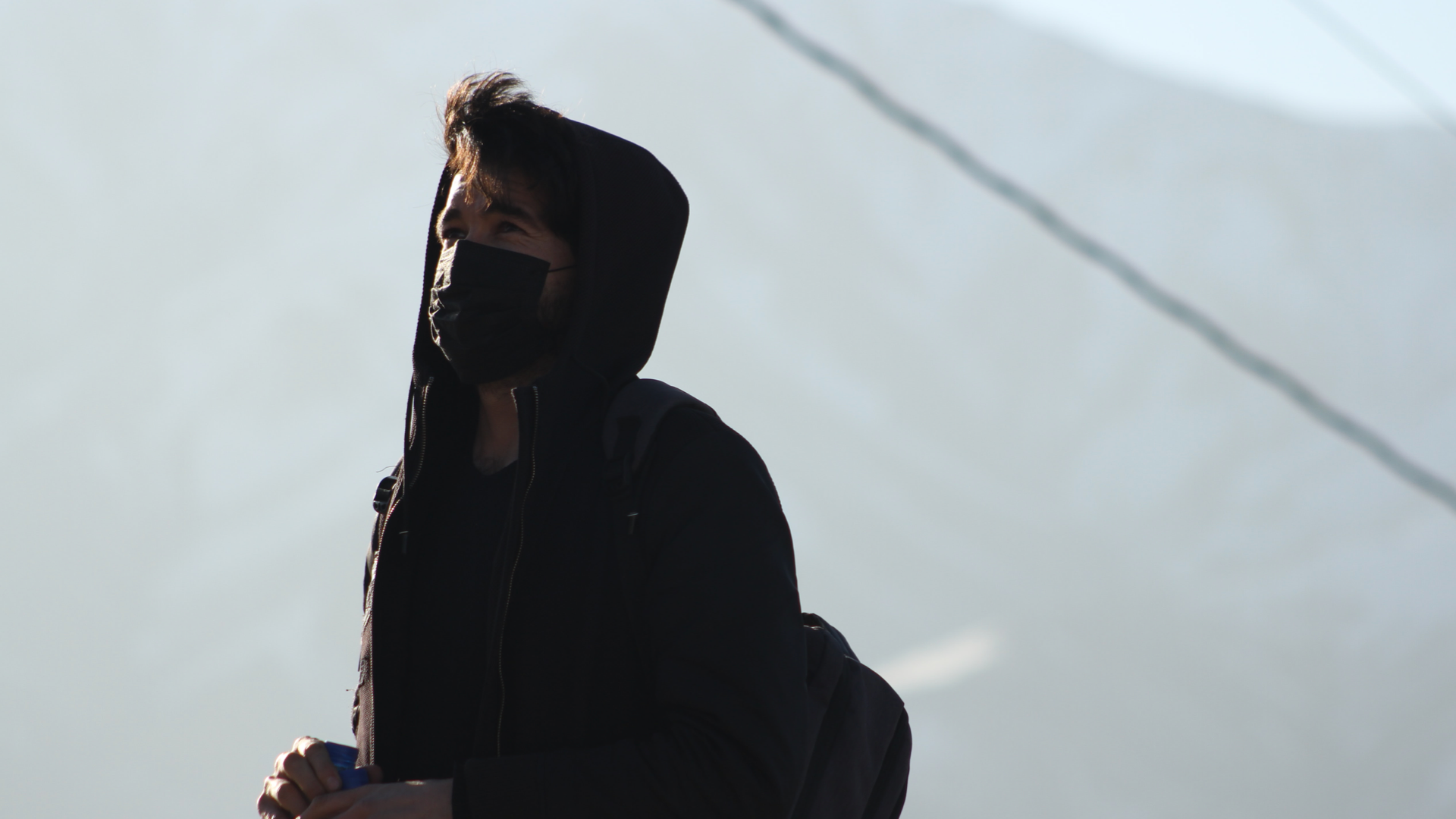
Bluhm: They’re also facing challenges to their power from the Islamic State-Khorasan (IS-K), which has been fighting them since 2016. What’s the security environment like?
Hopkins: The security environment is highly variable. We are still in this moment of transition.
IS-K’s position has always been one of a spoiler to the Taliban. These two groups are very antagonistic toward one another. IS-K’s logistical capabilities aren’t to the point of being insurgents like the Taliban were against the Ghani government. IS-K terrorist attacks aren’t against hard targets with real security; they’re against soft targets—civilians.
The IS-K attacks on minorities, both ethnic and Shiite, come out of IS-K’s affiliation with Islamic State in the Middle East, which is very much a sectarian organization. That affiliation informs their willingness to target ethnic and, especially, religious minorities in Afghanistan. IS-K would like to ignite broader violence within the country, which I don’t think will work, because that’s not really a central part of the history of religious relations in the country.
One challenge for the Taliban is that their core followers have basically been raised on the battlefield—and skill sets from the battlefield are no longer in great need. The Taliban motivated its members by promising them a vision of the future for Afghan society. Now that the Taliban is in charge and not delivering, some elements of its membership are becoming increasingly alienated. Some are looking for alternative outlets that they can work for. They’re getting peeled off by IS-K or the Haqqani network [the Sunni Islamist militant organization run by the Haqqani clan].
They have this vision of governance, but it’s a theological vision. It’s very much divorced from the practical, which they’re very uninterested in and also incapable of executing. They just don’t have the know-how or ability to make it work.
Bluhm: How is the economy doing?
Hopkins: It’s a disaster. The economy is essentially in free fall, and it’s not clear where the bottom will be. There’s no money. The United States has sequestered somewhere between $8 billion and $9 billion of Afghan government assets. The World Bank and the international banking system have essentially frozen Afghanistan out. Along with that, you’ve had this significant loss of human capital, draining assets out of the country. Afghanistan has hemorrhaged people and money.
Meanwhile, there’s no money coming in. There are illicit ways to bring money in, such as the drug trade, but we haven’t seen that at a level that would replace what’s gone out.
Most importantly, the Afghan state has, since its construction as a modern state in the mid-19th century, always been dependent on a foreign subsidy. The Taliban has no foreign subsidy now. In the best-case scenario, 50 percent of the government budget is gone for that reason. You add to that the Taliban’s disinterest and inability in governing—in making things like customs and taxes work—and you just don’t have any money.
In the broader economy, there’s no money and very little in imports, especially in food. Afghanistan is in a drought, so we have food shortages, which are going to become more acute. It’s dire.
Bluhm: What does all this mean for people’s access to basic goods in Afghanistan?
Hopkins: You have inflation—the Afghan currency became worthless, because there’s nothing backing it up. You have very limited goods coming in, so you have surges in the black market and the smuggling of goods across various borders—in particular, with Pakistan and Tajikistan.
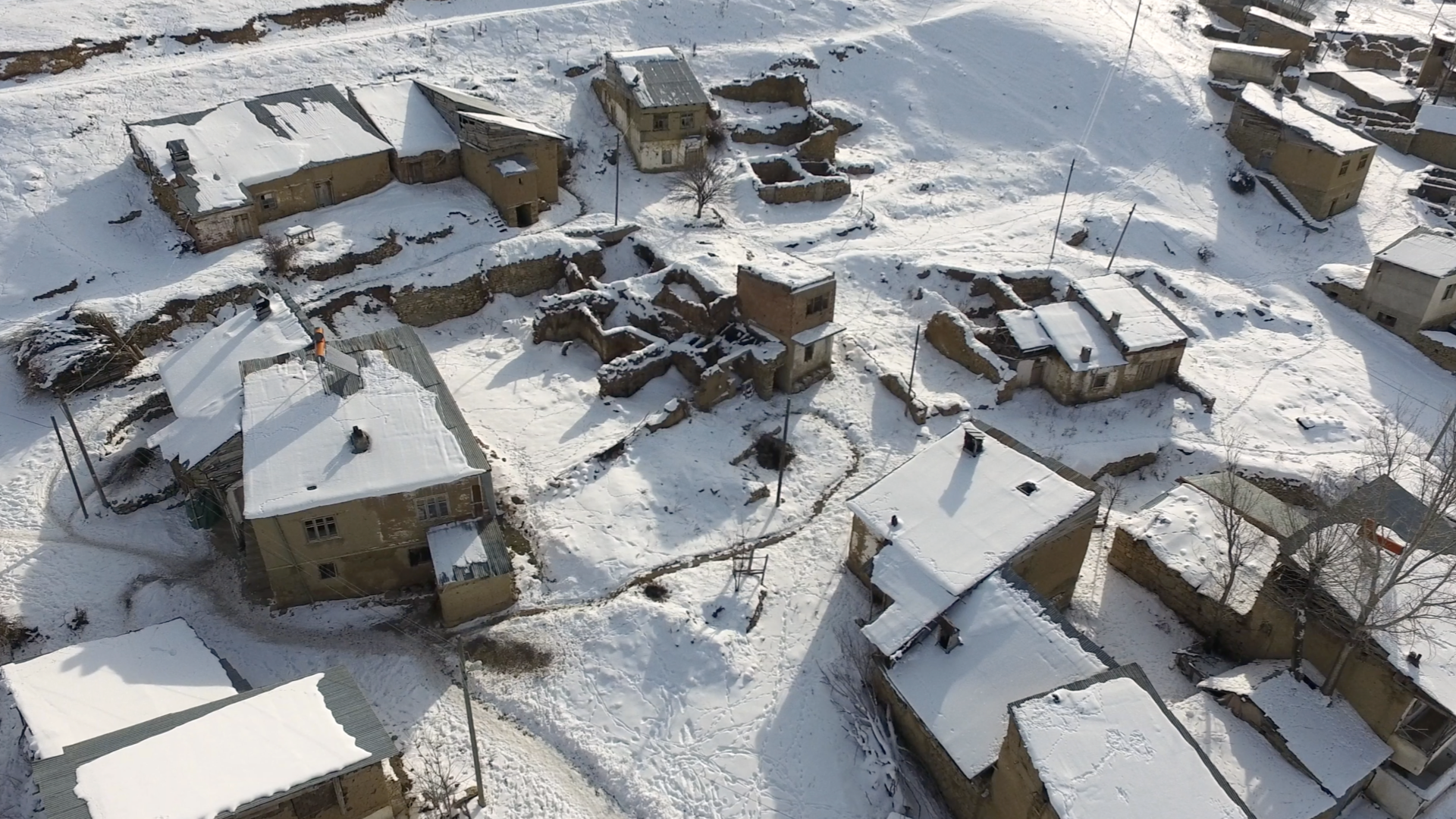
Those at the bottom of the economic order—and a lot of people occupy that place in Afghanistan—are going to suffer the most, because they just don’t have access to resources that are becoming scarcer and scarcer by the day.
We’re moving from an economic crisis to a humanitarian crisis, wrapped in a governance crisis.
Bluhm: What’s behind the food shortages and worries of famine?
Hopkins: I should preface any statistics with the old Disraeli misquotation that there are lies, damned lies, and statistics. When we talk about numbers in Afghanistan, they give us a sense of security in knowledge, which is false. That said, about 80 percent of the Afghan workforce is in agriculture. More than 70 percent of the total population is rural. But only about 12 percent of the land in Afghanistan is arable. That’s one of the lowest ratios of land available for agricultural productivity of any country in the world.
A significant ratio of that arable land has historically been focused on export markets. For instance, the Shomali Plain outside Kabul was historically a center of fruit production, because dried fruits have been a huge export from Afghanistan for centuries. A lot of the Helmand Valley has been given over to poppy production for the international heroin market. So, even within that 12 percent of the land that’s arable, how much of it is used to produce food for the population? Not a whole lot.
Afghanistan has historically been highly dependent on food imports, which—with the combination of the economic crisis and the Taliban’s international isolation—have been effectively eviscerated.
We’re moving from an economic crisis to a humanitarian crisis, wrapped in a governance crisis.
What we’re seeing now is a multi-dimensional humanitarian crisis in Afghanistan: There’s the peace-and-security crisis. Then there’s the food crisis, which is looming and just going to get worse—particularly with the impending winter. Which in turn means heating is going to become an issue as well; people are going to freeze to death. And then there’s Covid. Afghanistan has almost no coronavirus testing, no vaccines. The last I saw, there had been 77,000 tests given across the country, and 33,000 had come back positive. That gives you a sense of how widespread the pandemic will be in Afghanistan.
Bluhm: The Biden administration recently agreed to let the World Bank release about $280 million to the World Food Program and UNICEF for humanitarian aid to Afghanistan, and the United States is saying that it’ll allow individual Afghans living outside the country to transmit funds back to their families. But it’s avoiding any greater engagement with the Taliban.
How do you see the U.S. administration’s approach here?
Hopkins: The administration’s strategy is, We’re done. There is absolutely zero interest—not only from the administration but from Congress—to have anything to do with Afghanistan, save to score political points against each other. There is no political appetite whatsoever, across the aisle, to reengage in this place.
On a practical level, what will that look like? There will probably be some engagement with the Taliban. The U.S. and its allies are, meanwhile, trying to ameliorate a humanitarian disaster of their own creation. There’s been a lot of attention on the short-term story, but the humanitarian disaster has medium- and long-term origins.
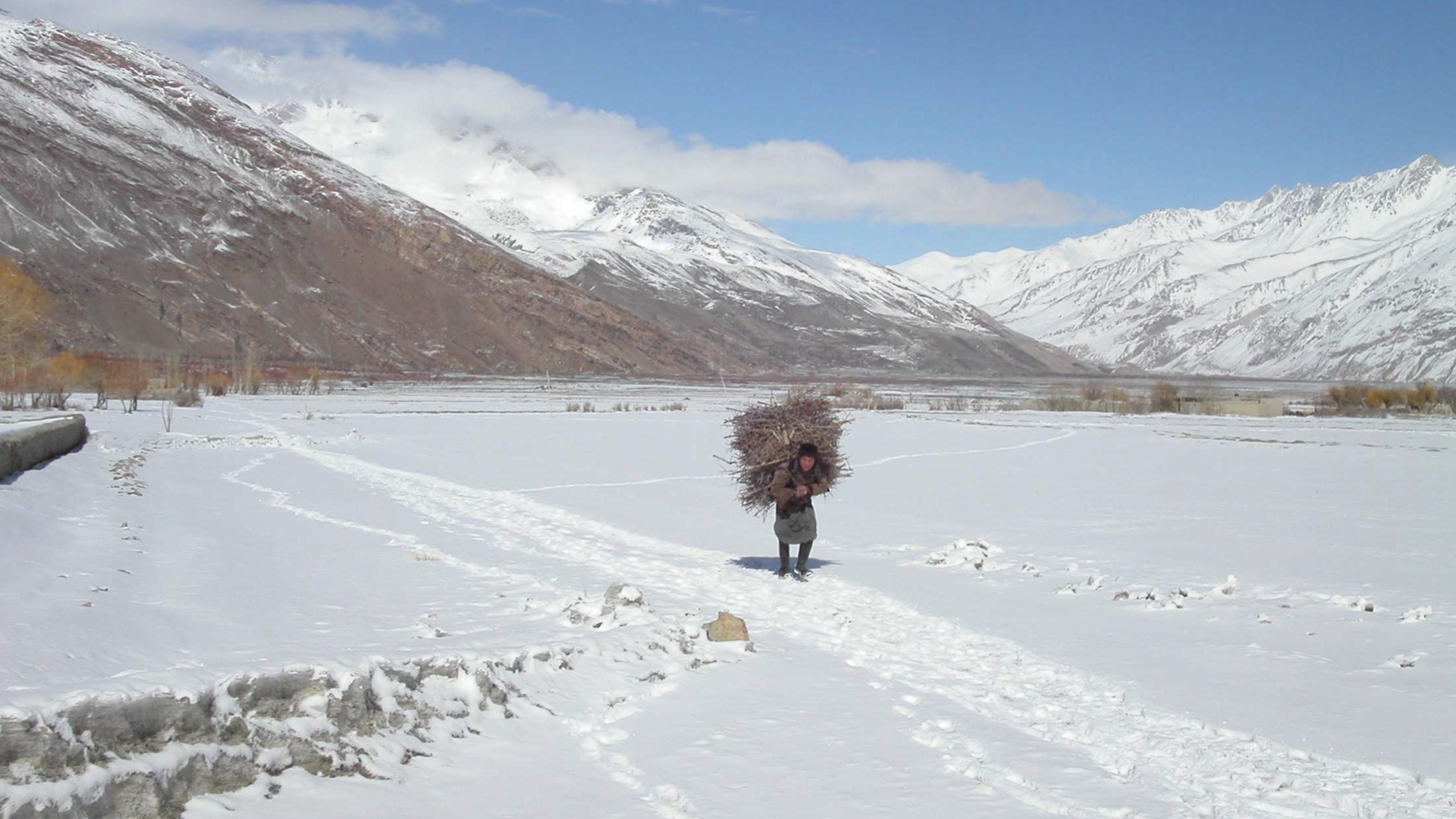
The medium-term origins have to do with failed efforts at state-building capacity over the past 20 years. It’s not just the government that fell in August; the shallow competencies of the Afghan state fell with it. Ministries were poorly staffed and poorly run. This goes to corruption on both the American and the Afghan sides.
The long-term origins go back to the mid-20th century, if not earlier. For instance, the environmental damage across Afghanistan isn’t only the consequence of 43 years of war; if you look back at the aid programs of the 1940s through the 1970s, those had an enormous, negative impact on the environment in Afghanistan.
The Helmand Valley Authority was a project that the U.S. government funded from the late ‘40s through the 1960s. It built a series of dams along the Helmand River. The idea behind this was rural electrification, irrigation, etc. The effect was to acidify the soil, making it basically hostile to anything but the growth of poppy. Today, we see widespread desertification along the Helmand Valley, and this environmental damage is reinforcing the humanitarian crisis with food shortages.
In the short term, how is the international community going to react? You mention the World Bank releasing money for the World Food Program. There have been calls for the U.S. to release funds they hold in order to allow humanitarian aid to get to Afghanistan.
Only about 12 percent of the land in Afghanistan is arable. That’s one of the lowest ratios of land available for agricultural productivity of any country in the world.
This is another way in which we can talk about continuities between the 1990s and today. In the late ‘90s, when the Taliban took over, we had another drought, another humanitarian food crisis, and another debate about how the international community should engage with them. Should the international community recognize them, and seemingly legitimate them, but try to assert some moderating influence over them? Or should the international community leave them as global pariahs, with Afghanistan’s poor, weak, and starving being the people who pay for it? That’s happening again.
Bluhm: What are the most important arguments for and against greater engagement from the United States?
Hopkins: A moral argument for—and this was anticipated in the 1990s—is that, if you recognize the Taliban, you can exert a moderating influence over them. They become beholden to you economically, and that gives you pressure points that you can use where it comes to issues like women’s and minorities’ rights. It’s important where it comes to regional dynamics too. The U.S. maintains key relationships with Pakistan and interests in the Gulf.
Those who argue against engaging the Taliban are going to say, If you engage or recognize the Taliban, you are legitimating a wholly obnoxious regime that’s fundamentally contrary to our values. Some security hawks will say, These are the same people who we accused of terrorism in 2001, and you’re giving a backhanded recognition to the legitimacy of their cause.
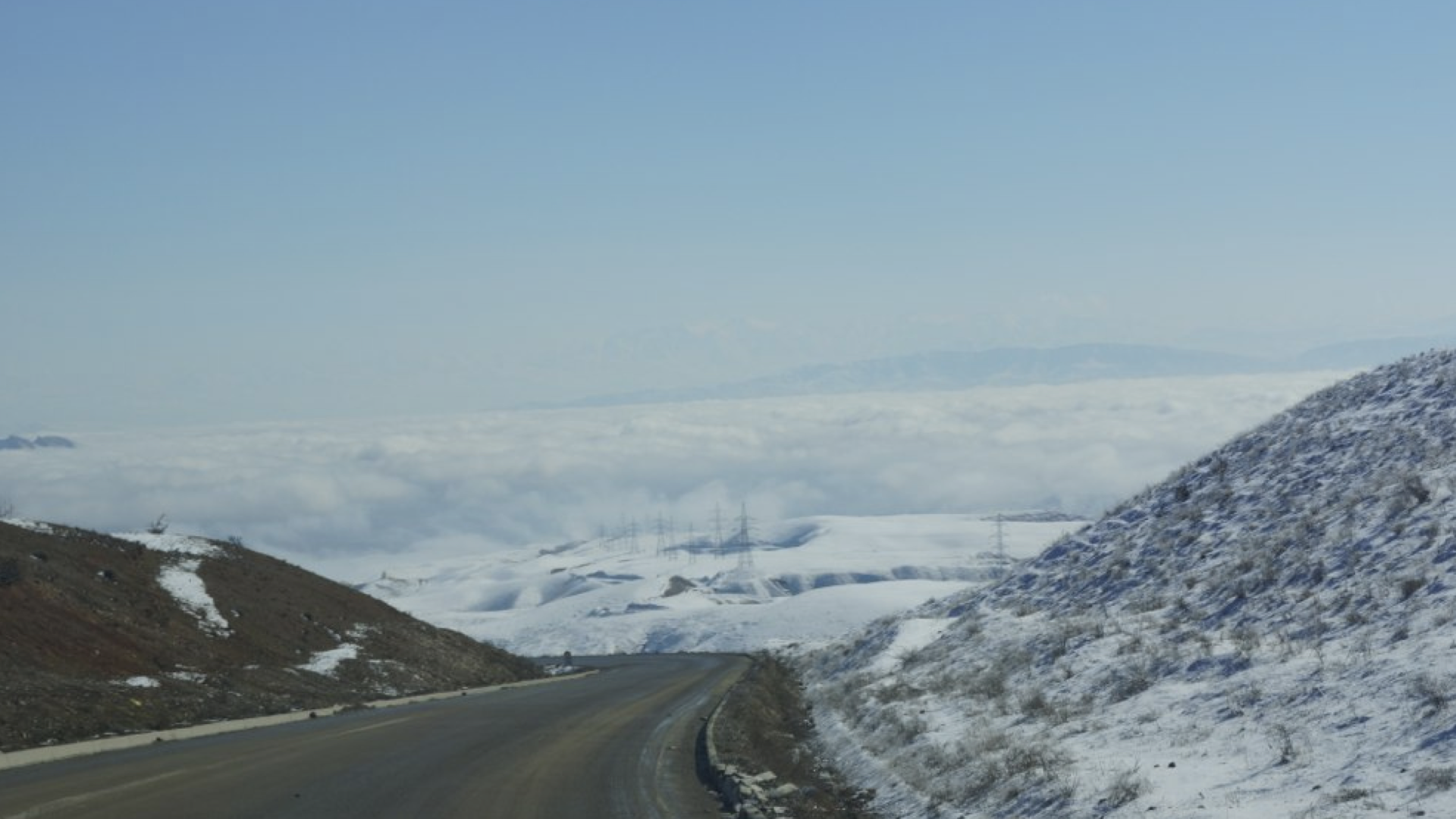
The other argument against recognizing or dealing with the Taliban is the argument that Afghanistan just doesn’t matter. America doesn’t have any fundamental interests there. The only thing of real consequence, on this consideration, is, Keep the crazy in. That’s what the United States is concerned about, and, historically, that’s what international powers had been concerned about with this country.
Afghanistan was never created to deliver peace and security to its people. It was created to contain insecurity within its borders so that it wouldn’t become a threat to international players—particularly the British in India. The United States and its global allies often have a similar attitude today. There’s a cold-hearted, realpolitik argument that says, As long as that’s accomplished, whatever else happens, happens.
Afghanistan is a bellwether for the international system of states and politics, as well as for the international economic order. Way back in history, Afghanistan used to be a central player in the South and Central Asian economy. Because of changes in the late 18th and early 19th century, Afghanistan was put at the periphery of a newly constructed global economy that was built on the back of the British Empire—and that the United States assumed authority over through the 20th century. Afghanistan isn’t alone or unique in this. There are places around the world that used to be centers of regional economic orders but—with the growth of global capitalism through the 19th and 20th centuries—then become economic peripheries and backwaters. Places like Somalia, North Nigeria—places that today are hotspots of the global war on terror.
In the end, Afghanistan is going to remain fundamentally dependent on foreign aid, because that’s the way it was structured. Until we seriously reconsider that structure, everything else—like state capacity-building or whatever the U.S. Agency for International Development is going to do—is just triage to a patient who’s bleeding out on the table.

